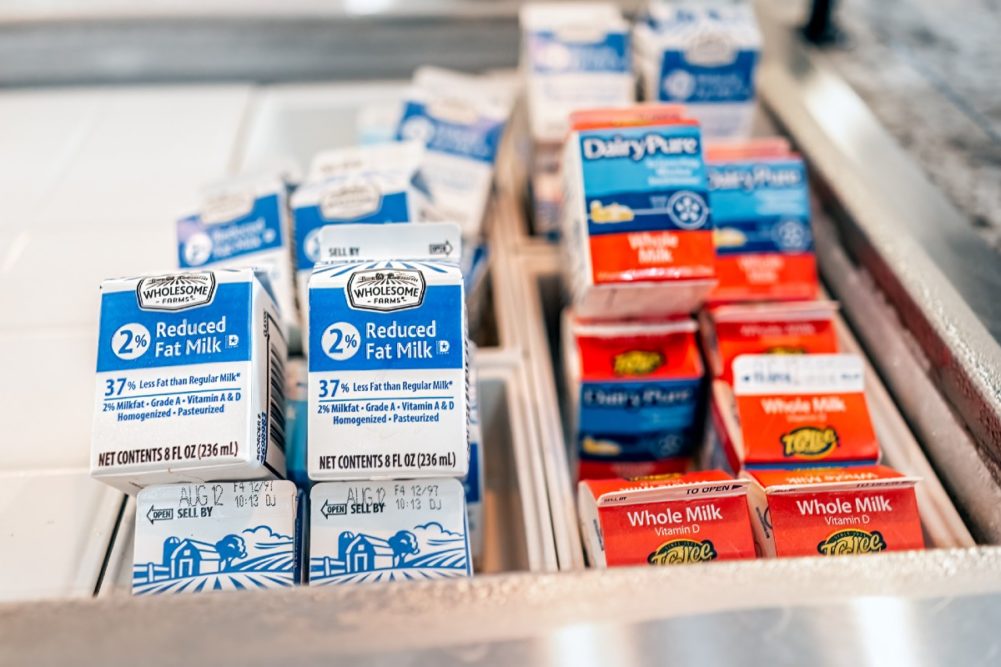WASHINGTON – The US Department of Agriculture announced it is increasing funding for meals served to children at schools and child care provider locations for the 2022-23 academic year, through reimbursements for free and reduced-price lunches and breakfasts.
International Dairy Foods Association president and chief executive officer Michael Dykes, DVM, called the funding “vital” to making milk and other dairy foods accessible to children.
Dykes said the IDFA applauded the USDA, which increased the amount schools will receive for each meal served by approximately $0.68 per free/reduced lunch and $0.32 per free/reduced breakfast.
“IDFA is once again grateful to leaders in the US House and Senate – Chairwoman Debbie Stabenow of Michigan and ranking member John Boozman of Arkansas from the Senate Committee on Agriculture, Nutrition and Forestry, along with House Committee on Education and Labor Chairman Bobby Scott of Virginia and ranking member Virginia Foxx of North Carolina – who secured passage of the Keep Kids Fed Act and thereby made this USDA action achievable,” Dykes said.
Per the USDA, the increase helps schools and child care providers deal with rising food costs. Between the higher reimbursement rates through the Keep Kids Fed Act and the required annual adjustment to the rates, the USDA estimated $4.3 billion will be directed toward school and child care meal programs – which is in addition to the close to $2 billion in funding the USDA already was providing.
“The boost in reimbursements will help provide financial relief for schools so they can continue serving high-quality meals to students amid higher food costs and persistent supply chain challenges,” said Stacy Dean, deputy under secretary for USDA’s food, nutrition and consumer services. “USDA is fully committed to using every resource in its toolbelt to ensure kids get the healthy meals they need to grow, learn and thrive.”
Dykes added: “US dairy is committed to playing a proactive role in enhancing access to nutritious foods for kids, in particular where the nutrition gap is deepest for our nation’s most vulnerable and underserved individuals.”

